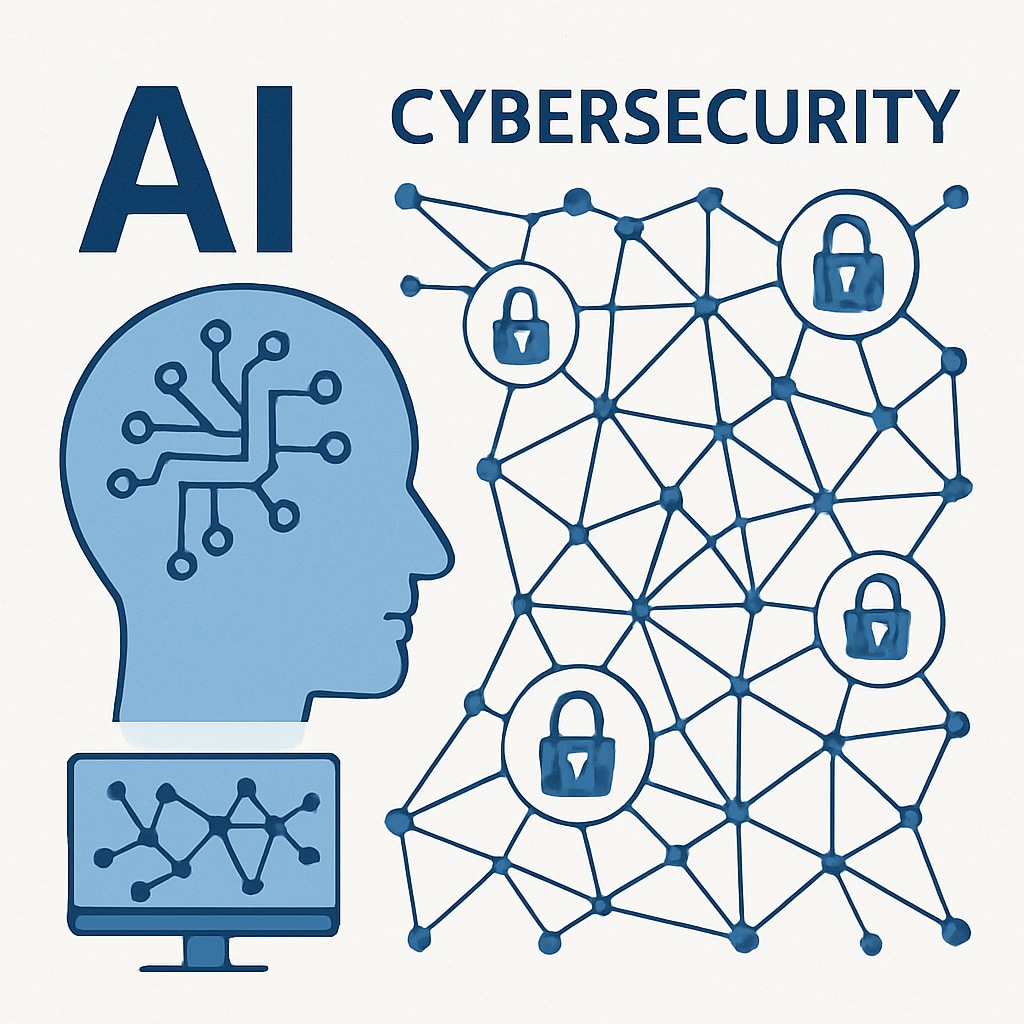For 18-year-old university freshmen, choosing a career path in IT and technology can be overwhelming. With numerous fields ranging from cybersecurity to programming, electrical engineering, and occupational safety, many students feel uncertain about which option aligns best with their abilities and passions. This guide aims to simplify the decision-making process, offering insights into key areas of study and the opportunities they present.
Making Sense of IT Career Options
IT and technology represent some of the fastest-growing fields globally, offering dynamic career opportunities. However, understanding the unique aspects of each specialization is crucial before committing to a particular path. Let’s look at some of the most popular areas:
- Cybersecurity: As cyber threats continue to grow, professionals in this field are in high demand. Cybersecurity focuses on protecting systems, networks, and data from breaches. Students interested in problem-solving and technology defense may find this field rewarding.
- Programming: The foundation of software development, programming teaches students how to code and build applications. If you enjoy logical thinking and creating solutions, this could be an excellent choice.
- Electrical Engineering and Instrumentation: This field involves designing and maintaining complex systems, including sensors and electrical infrastructures. It’s ideal for those with a knack for physics and mathematics.
- Occupational Safety and Health Technology: This area focuses on ensuring workplace safety and compliance with regulations. It combines technical knowledge with a commitment to protecting human welfare.

Aligning Career Choices with Personal Interests
Choosing the right IT specialization requires self-reflection. Ask yourself the following questions:
- What subjects or activities have you enjoyed the most in high school?
- Do you prefer hands-on technical tasks or conceptual problem-solving?
- Are you interested in working in teams or independently?
- What kind of work-life balance do you envision for your future?
For example, if you enjoy creative thinking and building projects, programming might be your path. Conversely, if you have a passion for safety and compliance, occupational safety and health technology may be a better fit.
Understanding the Future of IT Careers
IT and technology fields are ever-evolving, making them both exciting and challenging. Here are some trends shaping the future:
- Artificial Intelligence (AI): AI continues to revolutionize industries, creating demand for skilled programmers and data scientists.
- Cloud Computing: With businesses shifting to cloud-based solutions, expertise in this area is increasingly valuable.
- Cybersecurity Advancements: As cyber-attacks grow more sophisticated, the need for innovative security solutions will rise.
- Automation: Electrical engineers and IT professionals will play key roles in developing automated systems for manufacturing and other industries.
By staying informed about these trends, freshmen can choose a specialization that not only aligns with their interests but also offers long-term career stability.

Taking the Next Steps
Once you’ve identified your preferred field, explore program options at your university. Look for courses that emphasize practical experience, internships, and certifications. Additionally, consider joining student organizations or attending conferences to build your network and gain industry insights. Remember, your career path is a journey, and it’s okay to adapt as you learn more about your interests and strengths.
Readability guidance: Use clear, concise paragraphs and lists to summarize key points. Incorporate over 30% of sentences with transition words to ensure smooth flow. Balance active and passive voice, keeping sentences accessible for general readers while maintaining professional integrity.


